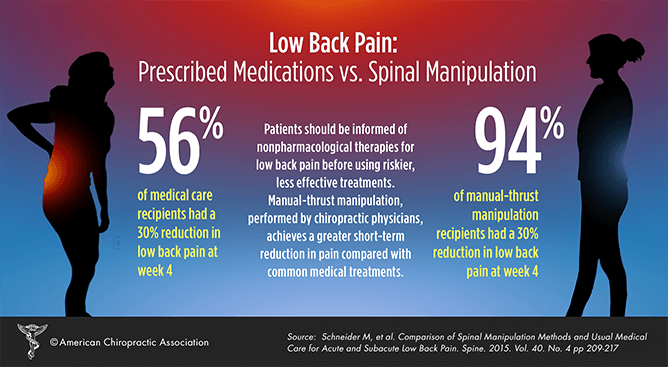Just When You Think Relief Is Near, Soft Tissue Therapy Discloses Its Unpleasant Facts-- Find Why The Procedure Can Be Painful Yet Helpful
Just When You Think Relief Is Near, Soft Tissue Therapy Discloses Its Unpleasant Facts-- Find Why The Procedure Can Be Painful Yet Helpful
Blog Article
Short Article Author-May Conradsen
When you undergo soft Tissue treatment, you may discover it remarkably unpleasant. This discomfort develops as stress is related to tense muscular tissues and broken tissues, activating your pain receptors. While it can feel upsetting in the moment, there's a reason behind this sensation. Understanding what happens in your body throughout these therapies can assist you appreciate the process. So, what exactly is going on underneath https://andregbvqk.develop-blog.com/39911053/lots-of-people-neglect-subtle-signs-of-stress-discover-if-you-are-among-them-and-discover-exactly-how-soft-tissue-therapy-can-help ?
The Physiology of Pain During Soft Tissue Therapy
When you go through soft Tissue treatment, your body's response to discomfort is an intricate interplay of physiological processes. As the specialist uses stress, your body turns on pain receptors, sending out signals to your brain. This triggers the launch of neurotransmitters, such as material P and glutamate, which amplify the feeling of pain.
Your muscles might additionally tense up in response, more complicating the experience. On top of that, your body might launch endorphins, all-natural medicines that can aid minimize some discomfort.
The interaction in between these processes can create an one-of-a-kind experience for each person. Understanding this physical response assists you navigate the feelings throughout treatment, enabling you to appreciate the equilibrium between pain and the possibility for recovery benefits.
The Duty of Pain in the Healing Refine
Although discomfort throughout soft Tissue therapy can feel frustrating, it plays a critical role in the healing procedure. When you experience discomfort, your body is indicating that it's working to fix broken tissues. This action aids increase blood circulation to the afflicted location, providing crucial nutrients and oxygen required for recovery.
Furthermore, pain can promote the launch of endorphins, your body's all-natural painkillers, developing a feeling of alleviation post-treatment. Accepting visit the following web site can assist you recognize your body's limits and urge you to deal with underlying problems.
While it's unpleasant currently, this process is necessary for lasting recuperation and improved function. Recognizing pain as a vital part of recovery can empower you to stay dedicated to your treatment.
Tips for Handling Pain During and After Therapy
Handling discomfort during and after soft Tissue therapy can significantly improve your total experience and healing.
To start, communicate openly with your therapist regarding your discomfort levels; they can adjust techniques accordingly. Utilizing deep breathing strategies can additionally assist you unwind and alleviate discomfort.
Consider using ice to the treated area post-session to lower inflammation and numb pain. Staying hydrated aids in the recovery process, so consume lots of water.
Gentle stretching and light motion after treatment can advertise blood circulation and convenience rigidity. Finally, guarantee you obtain appropriate rest to allow your body to recover.
Applying these pointers can make your soft Tissue treatment extra convenient and pleasurable.
Verdict
In conclusion, while soft Tissue therapy can be unpleasant, it's essential to recognize that this discomfort plays a crucial role in your recovery journey. By recognizing the physical actions at play, you can approach the treatment with a more favorable mindset. Keep in mind, the initial pain commonly gives way to alleviation as your body releases endorphins. Welcome the process, and do not think twice to make use of the ideas for taking care of pain to improve your experience and recuperation.
